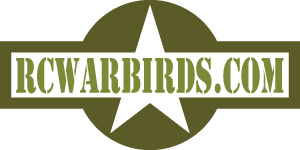DISASTER!!!
I always apply a coat of silicon to the wing saddle to prevent chafing. I normally
lay Glad Wrap on the wing, apply silicon to the saddle and then tighten the wing
onto the fuse. It always works well except that there are always crease marks
in the finished silicon. SOOOO, this time I decided to use Vaseline. I didn’t
think about it but apparently the acetic acid in the uncured Silicon eats through
the Vaseline and adheres to the paint. Result!! My wing is now glued to the fuse.
The assembly is setting inverted on my Byron Cuddler, and the plane is too large
to be turned over in the shop, so I had to lay on my back and work a thin metal
sheet between the wing and the fuse to break everything loose. It took about an
hour and a lot of $^&%$*#&^ing but I finally was able to get the wing
off.
| |
